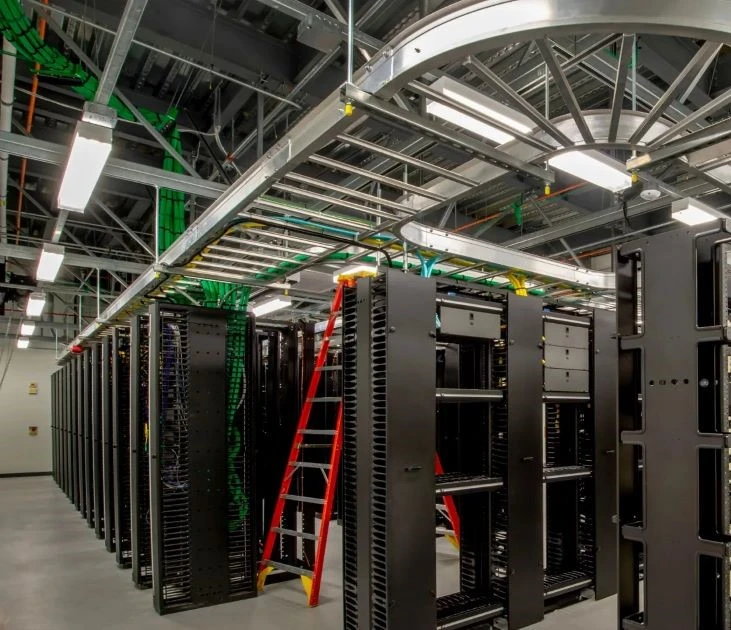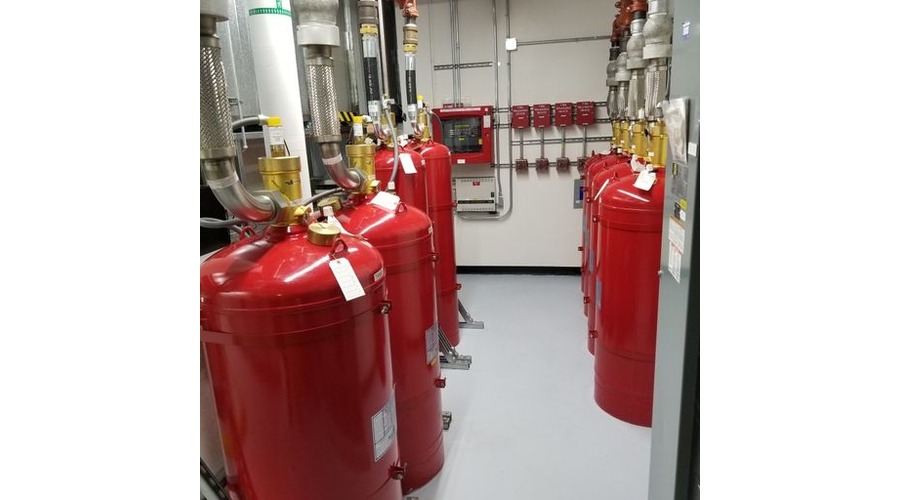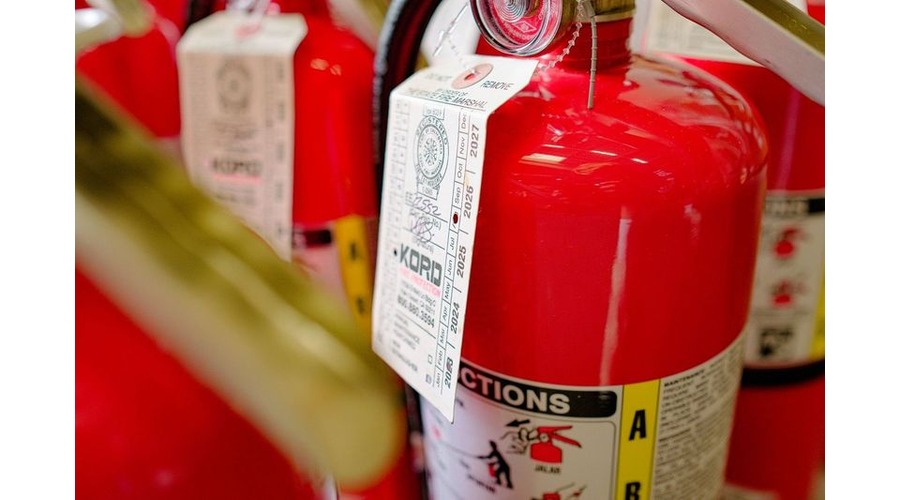

The Role of NFPA 76 in Securing Telecom Infrastructure Against Fire
NFPA 76 Overview
NFPA 76 is crucial for safeguarding assets and people in telecommunications facilities in the event of a fire. Known as the Standard for the Fire Protection of Telecommunications Facilities, NFPA 76 provides comprehensive guidelines from the National Fire Protection Association focused on ensuring the safety of telecommunications equipment during a fire.
What Is NFPA 76?
NFPA 76 is a widely recognized standard for protecting telecommunications equipment. This standard from the National Fire Protection Association (NFPA) establishes the minimum requirements for safeguarding telecommunications facilities and equipment from fire damage and its associated effects, such as smoke, heat, corrosion, and water.
NFPA 76’s primary aim is to protect telecommunications systems and areas from potential fire damage by setting forth minimum requirements and regulations. Adhering to NFPA 76 is vital for facility owners looking to protect their high-value telecommunications assets.
What Does NFPA 76 Cover?
This specific code covers various topics and procedures related to fire protection in telecommunications facilities. Including building construction, fire protection and detection equipment, record keeping, utilities, and emergency procedures. It also defines numerous terms related to telecommunications fire protection and includes basic standards like implementing an escape plan in the event of a fire.
Some of the key aspects covered by code include, but are not limited to:
Fire Protection Approaches: NFPA 76 provides guidelines for risk analysis, which determines the level of protection needed based on the hazards present in telecommunications centers. Understanding these risks helps in selecting the necessary protective equipment.
Fire Detection Systems: The standard emphasizes the importance of being notified in the event of a fire to ensure prompt evacuation and appropriate precautions. This NFPA code covers training for emergency situations. Including designating personnel responsible for knowing the location of emergency equipment and tools.
Fire Suppression Systems: This code covers a range of fire suppression systems used in telecommunications environments, such as clean agents, water mist, and fire extinguishers. Each system has specific requirements to ensure the best protection of sensitive telecommunications equipment.




Maintenance and Testing: Regular testing and maintenance of fire suppression and detection systems are essential to ensure they remain operational during an emergency. NFPA 76 outlines minimum requirements and best practices for keeping these systems in proper working order.
Protection of Equipment and Data: In addition to various fire detection and fire suppression systems, NFPA 76 covers other ways to protect equipment and data. For example, the use of fire-resistant materials and proper ventilation can also help keep equipment safe.
Emergency Planning and Response: The NFPA 76 standard also discusses developing comprehensive emergency response plans. This includes conducting regular drills and ensuring personnel are adequately trained to respond properly in the event of a fire.
Related NFPA Standards For Telecommunication Systems
This code does not stand alone. For comprehensive fire protection, adherence to several related NFPA standards is often required. Some of these include:
NFPA 101
Known as the Life Safety Code, NFPA 101 focuses on the safety of occupants during a fire and provides guidelines for design, construction, and evacuation.
NFPA 75
This standard is closely related to NFPA 76 but focuses on the fire protection of information technology (IT) equipment. NFPA 75 is essential for IT environments, while NFPA 76 is geared towards telecommunications facilities.
NFPA 70
Known as the National Electrical Code, NFPA 70 covers safe electrical design, installation, and inspection, including electrical installations in telecommunications facilities.
NFPA 2001: Clean Agent Guidelines
This standard deals with clean agent fire suppression systems, which are ideal for environments with sensitive electronic equipment, such as telecommunications facilities.
NFPA 72: Fire Alarm and Signaling Code
This standard outlines requirements for fire alarm systems, including those used in telecommunications facilities. It covers the design, installation, testing, and maintenance of these systems.
NFPA 76 Telecommunications FAQS
Adhering to these standards not only helps prevent potential disasters but also supports compliance and peace of mind. For personalized advice and expert assistance in implementing NFPA standards, don’t hesitate to reach out to us. Contact us today to safeguard your telecom facility and enhance your fire safety protocols!




